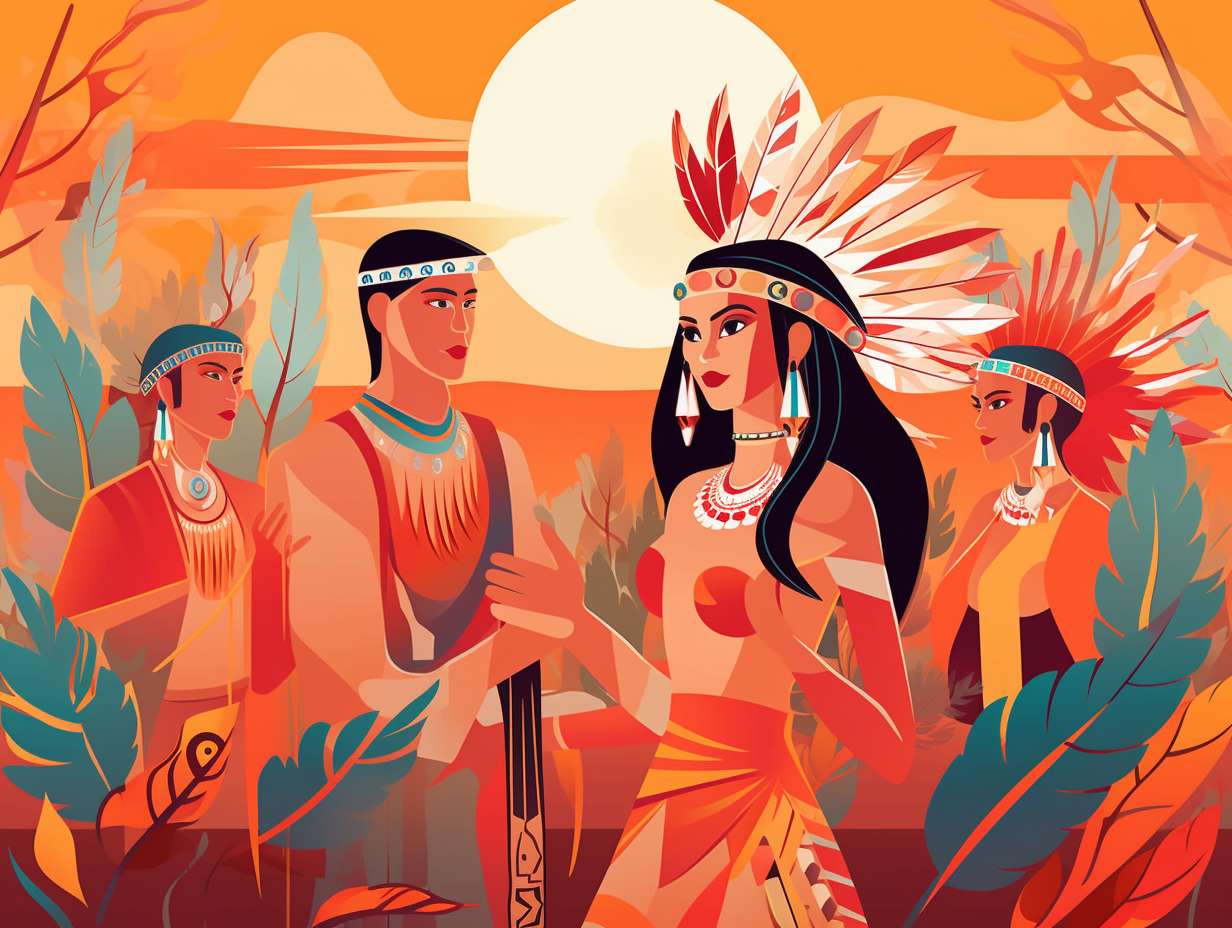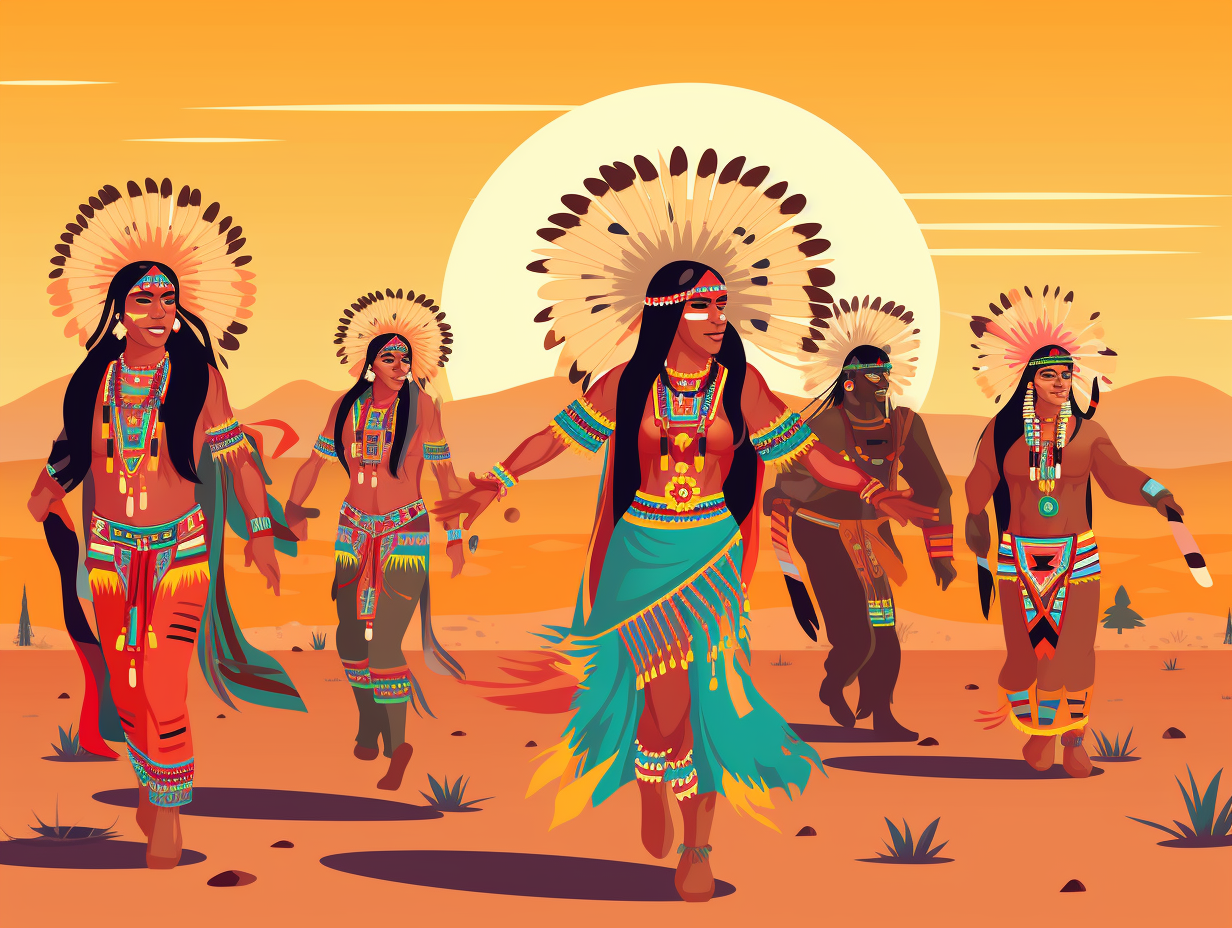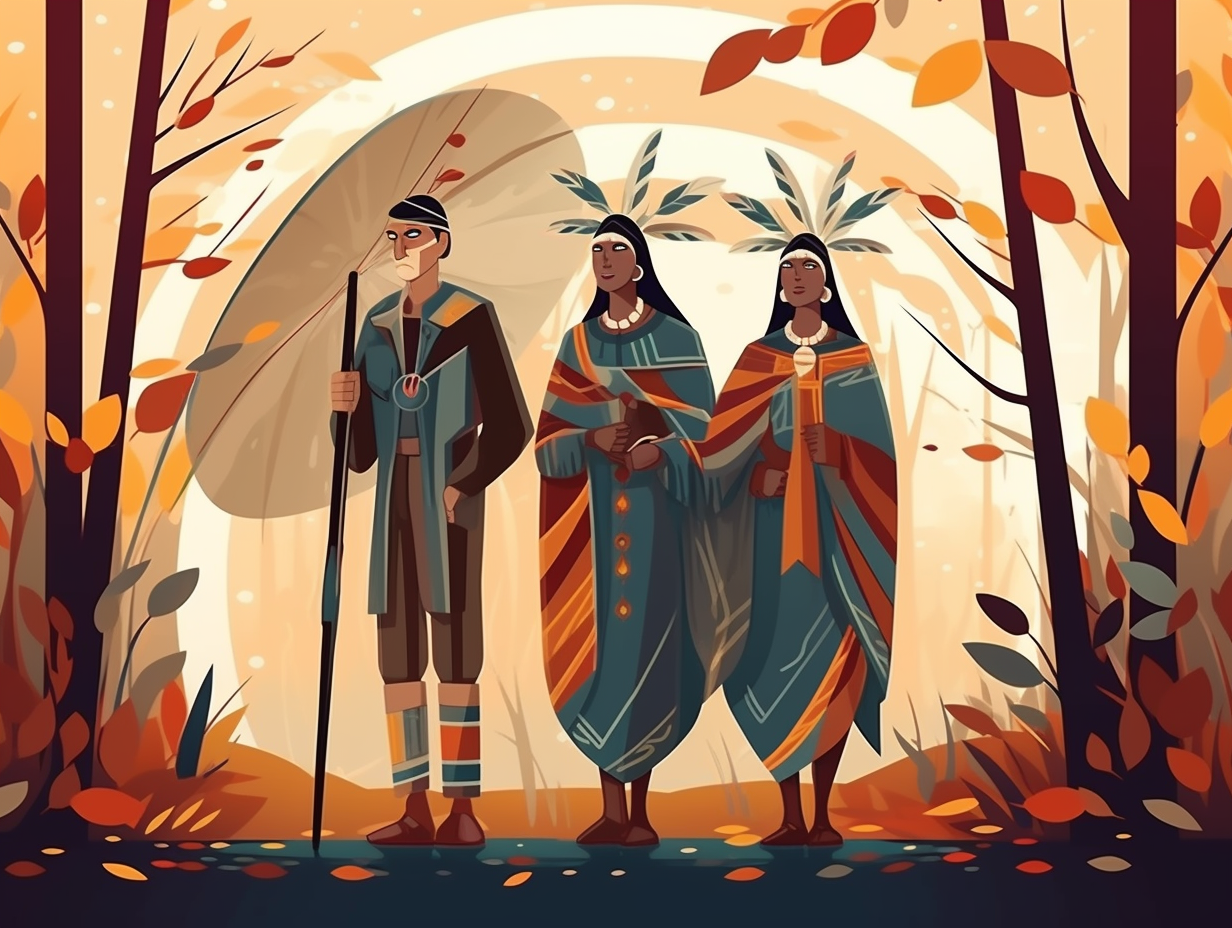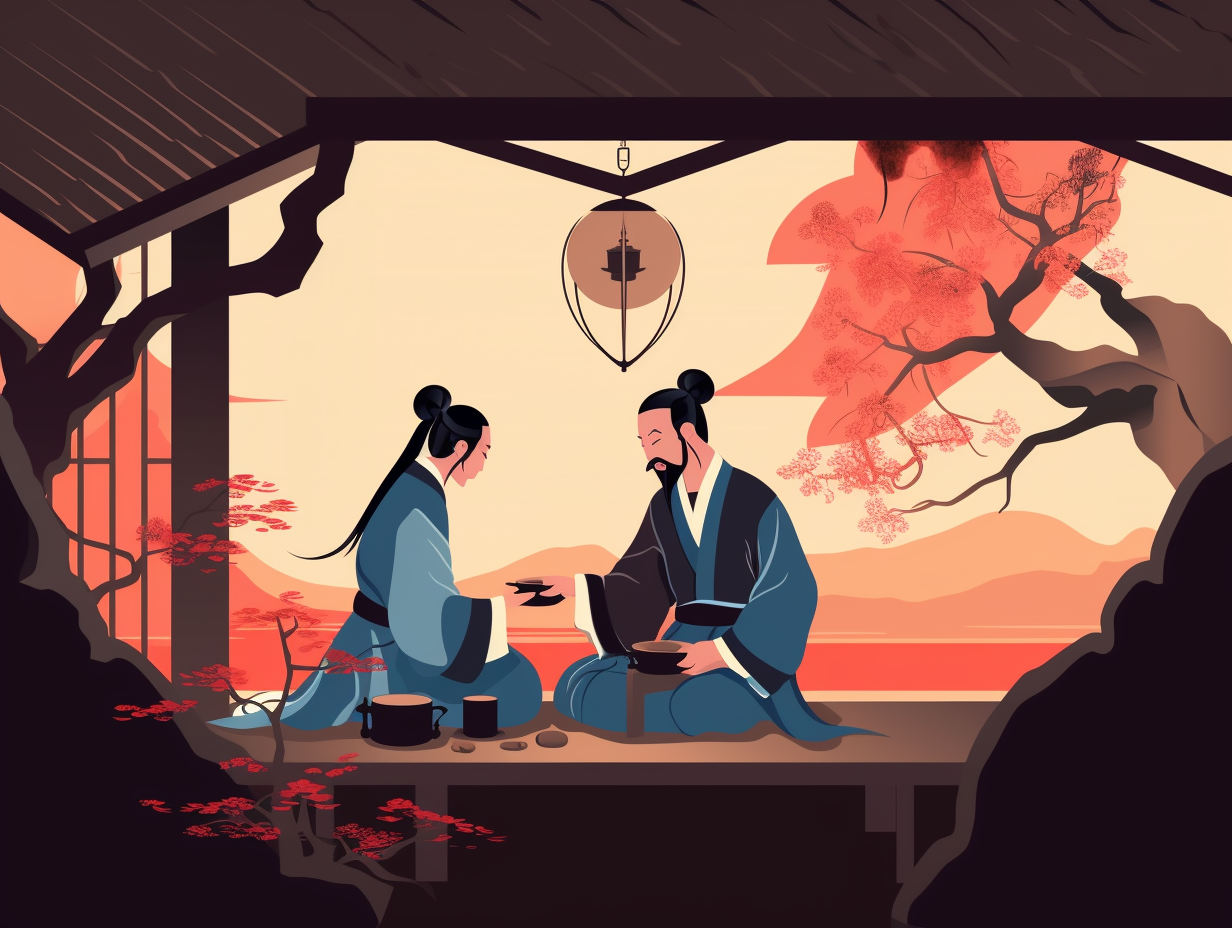Discover the Aloha Spirit: Top 12 Fun Facts About Pacific Islanders You'll Love to Learn
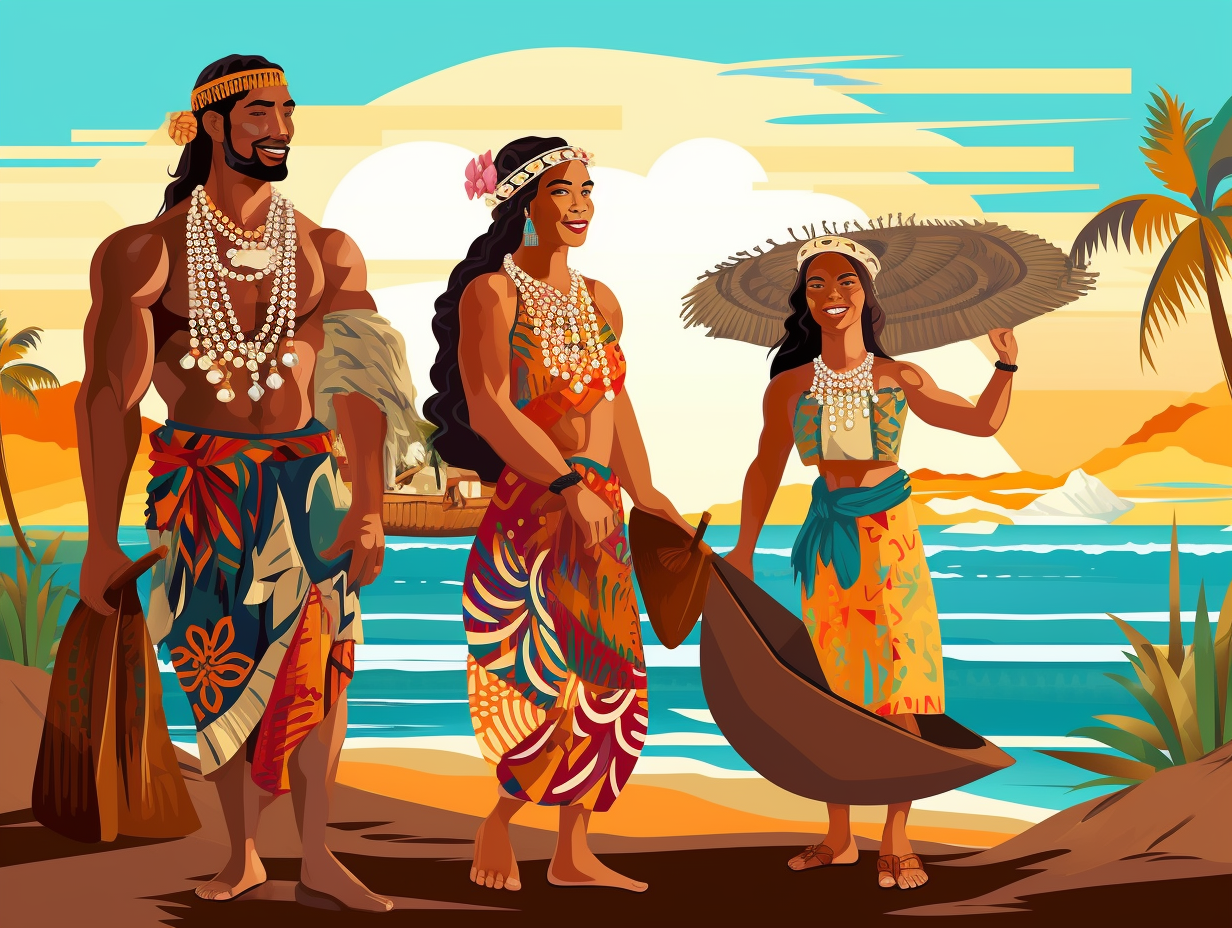
1. Bilum Bags: Fashion and Empowerment
Forget Gucci or Prada: it's all about the woven wonders from Papua New Guinea! Known as "bilum bags," these fabulously fashionable but functional totes have gone from jungle accessories to international sensations. So, who needs high fashion heels when you can rock a bag that's worked its wool, fur, and vines off to give women a chance to escape rural poverty? Strut their stuff: Bilum bags made of natural materials, often featuring colorful patterns that narrate people's stories and places; have become a vital source of income for many women in Papua New Guinea, and have recently gained popularity on the global stage as souvenirs or eco-friendly textile solutions, symbolizing their cultural heritage and economic empowerment.
Source => blogs.adb.org
2. Kokoda: A Taste of Fiji
Ready for a culinary vacation without leaving your kitchen? Grab your coconut passport, some flippers, and let's dive into the Fijian seas: Pacific Islanders traditionally whip up a delightful dish called Kokoda, a fish ceviche made with lime juice, vegetables, and coconut milk, featuring Mahi Mahi or the more traditional Spanish Mackerel. Served in a bowl or coconut shell, this light and refreshing meal can magically transport your taste buds straight to the sandy beaches of Fiji!
Source => foreignfork.com
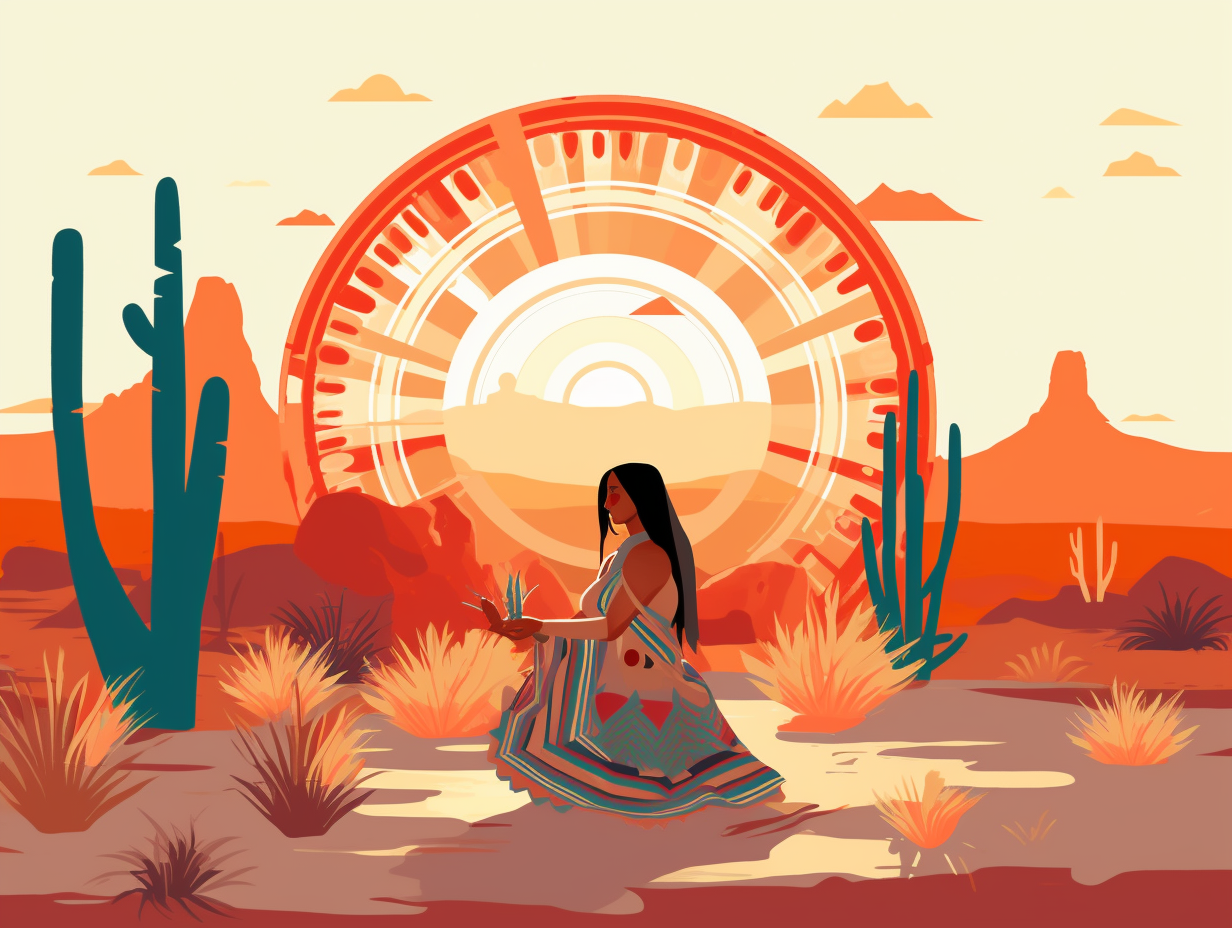
Discover how the Navajo Nation is combating climate change by merging traditional knowledge and modern practices in their innovative Climate Change Program! 🌱🌎
=> Fun Facts about Navajo
3. The Hard-to-Spell Hawaiian Fish
Swine of the sea or the ultimate fish marathon: that's right, we're talking about the humuhumunukunukuapuaa! Before you scramble to Google Translate, there's no need to worry about a long-lost cousin of Porky Pig lurking underneath the sea; it's actually Hawaii's state fish that emerged victorious in a 1984 public survey. Turns out, school children were so enthusiastic about this pig-snouted trigger fish, the rest was history: in all its vibrant glory, this colorful reef fish is endemic to central and south Pacific islands, including Hawaii. So, now you know a fish whose name could win a spelling bee and whose snout rivals that of Peppa Pig!
Source => seaparadise.com
4. 'Ukulele: Portugal Meets Hawai'i
Before Hawaiian royalty let the music play, they first had to "brace" themselves for a little Portuguese intervention: The 'ukulele, Hawai'i's iconic musical instrument, actually originated from the Portuguese braguinha, brought to the islands by Manuel Nunes, Augusto Dias, and Jose do Espirito Santo in 1879, and later incorporated into hula dance performances under the patronage of King David Kalākaua.
Source => metmuseum.org
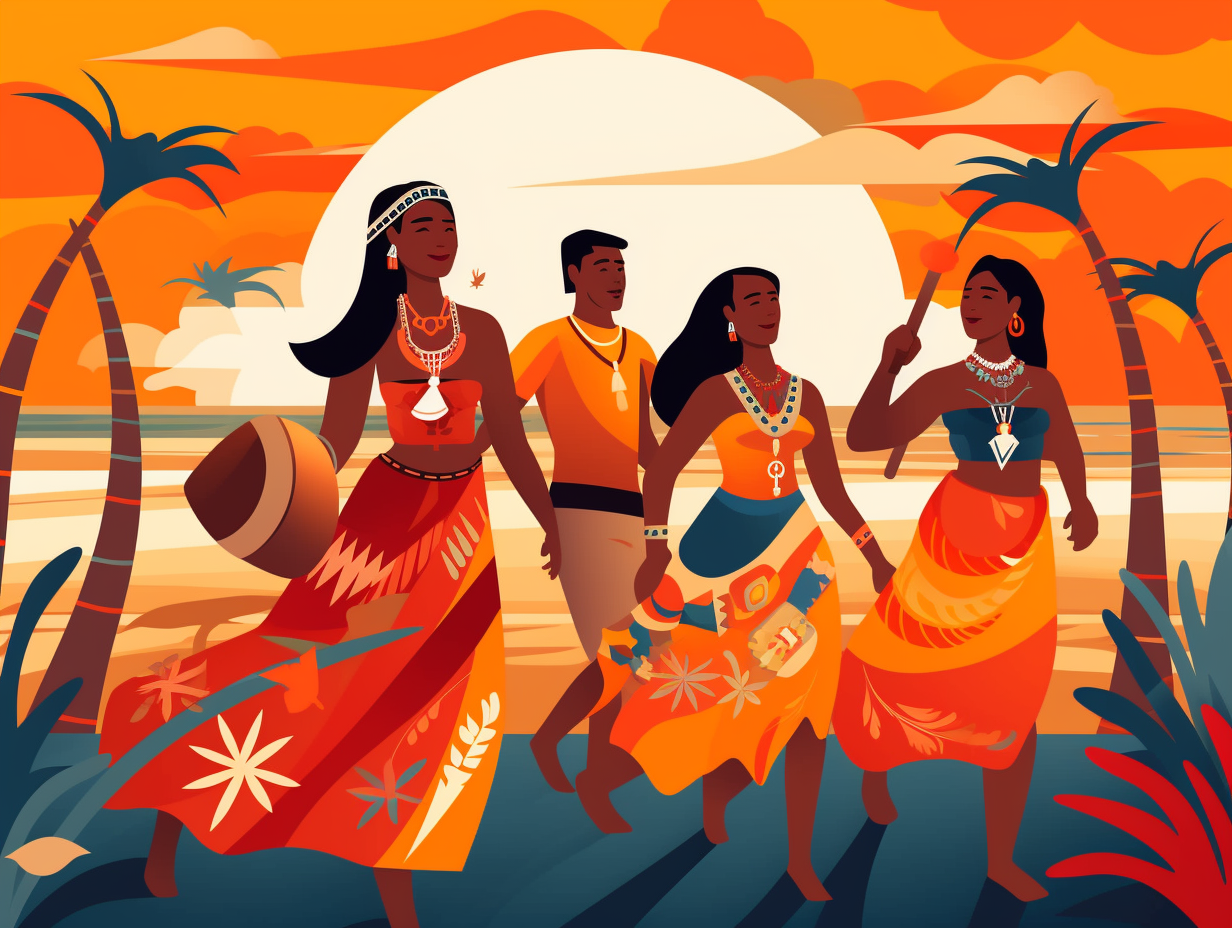
5. Pidgin: Hawaii's Language Mashup
How do you say "supercalifragilisticexpialidocious" in Pidgin? Well, no need to bother, as this Hawaiian linguistic mishmash will have you speaking like a local in no time: Pidgin, a creole language that originated in the 19th century Hawaiian Islands, combines English, Hawaiian, and influences from Portuguese, Chinese, and Japanese languages, shaping a unique vocabulary, grammar, and syntax. While not officially recognized, it's an essential element of Hawaii's cultural identity and history.
Source => hawaiilife.com
6. Kava: The Island Elixir
Ever wonder what's in the punch bowl at Pacific Island parties that has everyone befriending palm trees and spontaneously forming a conga line? Say hello to kava: made from the ground roots of the kava plant, this popular drink is consumed in small quantities (about 1/2 cup per person) during ceremonies, recreationally, and medicinally to enhance sociability, provide relaxation, and treat ailments like anxiety, insomnia, and depression. So if you're ever feeling a little down, a trip to sip on some island elixir might just do the trick!
Source => travelfoodatlas.com
7. Polynesians: Master Navigators
Step aside, GPS: these ancient Polynesians were way ahead of you, with celestial maps and a knack for tuning in to Mother Nature's radio station! The serious reveal: using oral tradition, stars, ocean swells, and bird behavior, Polynesians navigated vast distances across the Pacific Ocean in canoes, connecting with nearly every island within the Polynesian Triangle, and even preserving these skills in modern voyaging societies today.
Source => en.wikipedia.org
8. Poi: Sweet, Sacred and Nutritious
In a delicious twist on "you can't have your cake and eat it too," Hawaiian poi begs to differ: Made from the corm of the taro plant, this traditional food has been low in fat and high in calcium, vitamin B, and cultural significance since 450 A.D., allowing Hawaiians to enjoy a splendidly sweet paste for breakfast, paired with fish, or spread over bread, all while maintaining a cool head, thanks to its sacred status as an argument-free zone!
Source => mauinow.com
9. Coconut Oil: Pacific Beauty Secrets
Move over, Kim Kardashian – Samoan Islanders have been breaking the internet with their luscious locks and radiant skin for centuries, thanks to a love affair with nature's very own elixir: Coconut oil, a key ingredient in local natural skincare products like Misiluki and Janet's Love Pacific oil, boasts moisturizing, antibacterial, and antifungal properties that not only promote healthy hair and skin but also protect and heal against infections, despite pushback from skeptics in mainstream nutrition and beauty circles.
Source => samoaobserver.ws
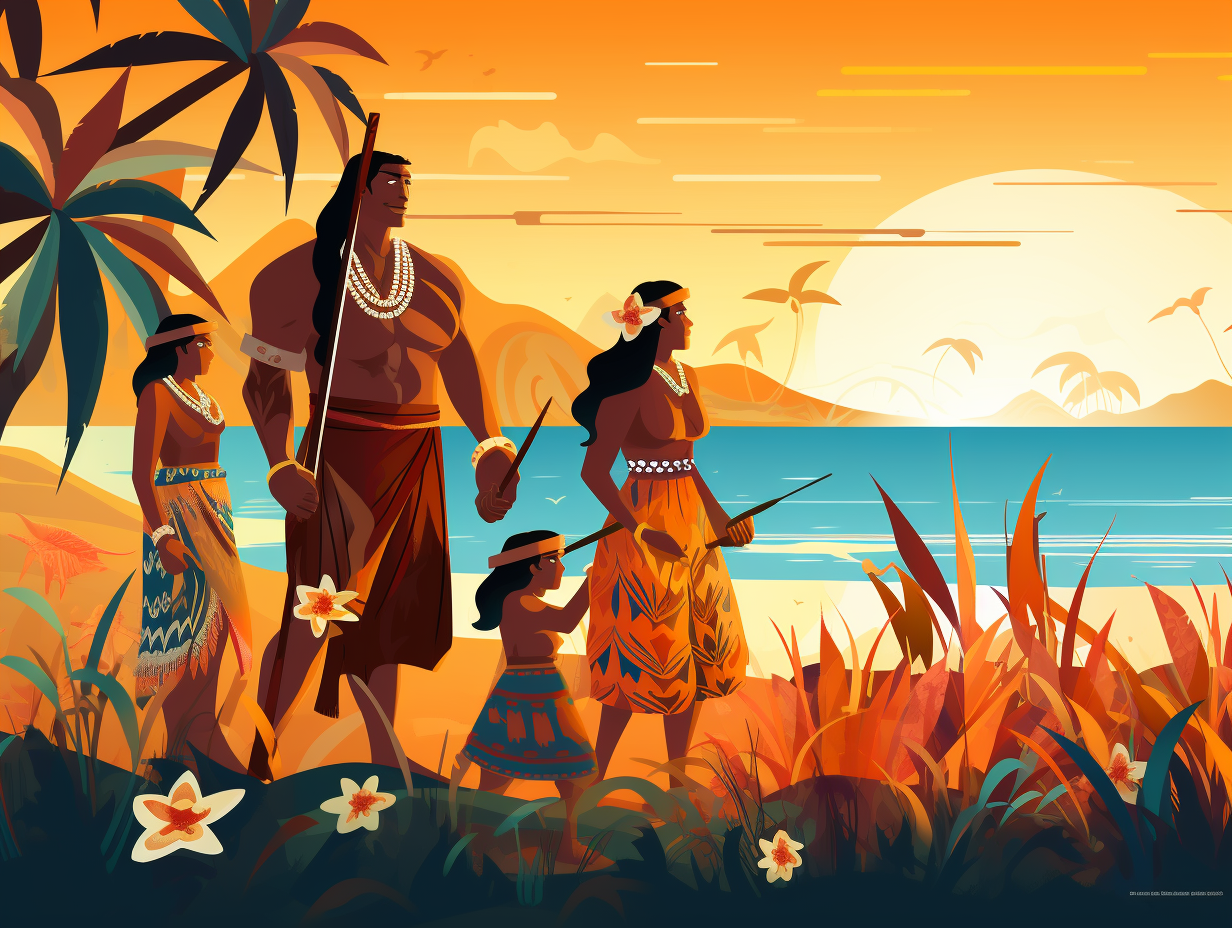
10. Weaving: A Sacred Island Tradition
Move aside, Spider-Man and your web-slinging skills, Pacific Islanders have been mastering the art of weaving way before you even existed: Tapa (barkcloth) and woven mats made from plant fibers are not just important cultural textiles for Pacific Islanders, but also vital community creations used for clothing, wall hangings, and special ceremonies, with modern artists continuing to honor this sacred tradition in their work today.
Source => nhm.org
11. Stick Charts: Ancient Island GPS
Who needs GPS when you've got sticks and shells? Smartphone schmartphone, the Marshall Islanders were navigating the Pacific like pros eons ago: Using stick charts made from coconut midribs, seashells, ocean swells, and even bird flight patterns, these ingenious islanders charted their way across vast open waters without a single "Recalculating route" in sight.
Source => blogs.loc.gov
12. Samoan Tattoos: Nutty Body Art
Tattoo you a funny story: In Samoan culture, tattoos or "tatau" symbolize power, pride, and respect, with some of the ink even originating from charred candle nuts. How's that for being "nutty" about body art?
Source => nps.gov
Related Fun Facts

